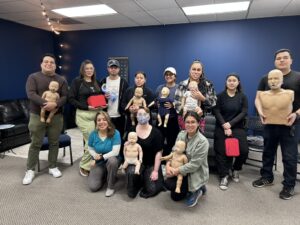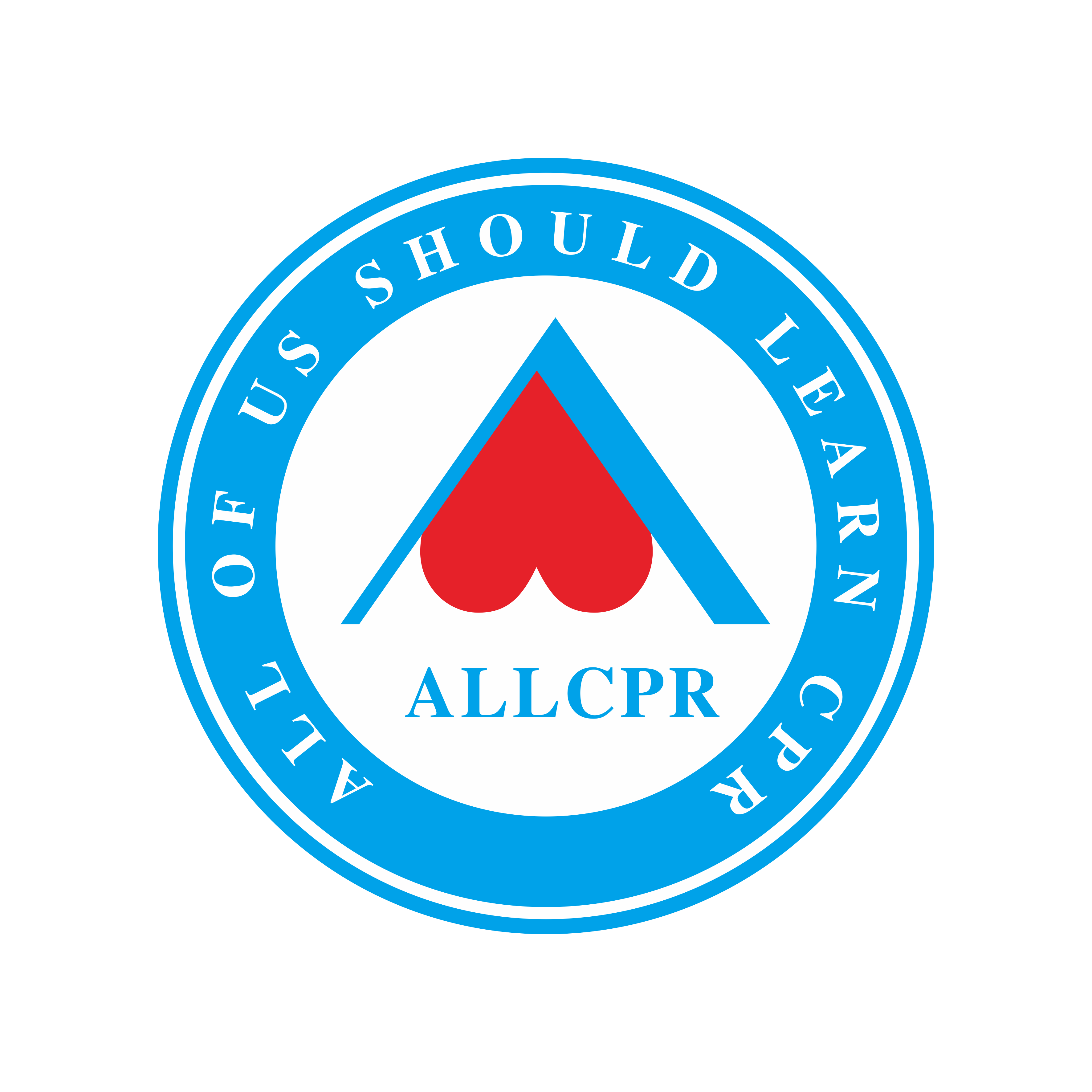Editor’s Note:
ALLCPR is a North American community emergency training system founded by Gosvea (Gocean Silicon Valley Education Academy, part of the University of San Jose Education Group). It is a top enterprise in U.S. community CPR training, a Premier-Level Training Partner (PLTP) of the American Red Cross (ARC), and a training partner of the American Heart Association (AHA). It was awarded the 2024 ARC Contribution Award. As of June 2025, ALLCPR has established over 150 training centers across 35 U.S. states, training more than 6,000 individuals monthly. By 2026, it is expected to reach an annual training capacity of 100,000 people.
I. CPR Knowledge as a Public Value: From "Professional Skill" to "Public Knowledge"
Cardiopulmonary Resuscitation (CPR) is a critical life-saving technique in emergency situations such as sudden cardiac arrest. While it originated in the medical profession and was long considered the exclusive domain of healthcare workers, a growing body of evidence (see ARC training materials) shows that effective CPR administered within the “golden four minutes” can increase a patient’s survival rate by two to three times.
This “golden four minutes” phenomenon shows that CPR should no longer be viewed solely as a medical skill—it should be embraced as a universal public knowledge. Like traffic rules, fire safety, and emergency escape protocols, CPR should be a basic response capability for all individuals, families, and organizations.
In this sense, spreading CPR knowledge is not just about saving lives—it’s about building a warmer, more responsible public knowledge community.

II. Current Landscape: CPR Literacy Reflects Economic and Educational Development
In countries like the U.S., Canada, Japan, and Sweden, CPR has become part of school curricula, university requirements, driver’s license testing, and even job application processes. In the U.S., over 50% of adults have received CPR training, and many states require high school students to complete CPR instruction before graduation. Sweden has established a national CPR strategy involving communities, businesses, schools, media, and government. Japan promotes a “citizen first responder” program to certify the general public in CPR and AED use.
In contrast, CPR education in many developing or low-income countries is still in its infancy. According to ARC data from 2019, less than 1% of the population in many countries (including China) is CPR-certified. In China, with its vast population, high rates of sudden illness, and increasingly complex urban environments, CPR education is urgently needed.
In summary:
- Advanced education systems promote CPR literacy.
- At the same time, CPR literacy reflects the level of public knowledge infrastructure in a society.
- Learning CPR is not just self-responsibility—it’s social responsibility.
III. CPR Knowledge as a Litmus Test for Public Knowledge Infrastructure
- Public Knowledge Is Universal and Must Be Institutionally Supported
CPR is a prime example of universally applicable knowledge—it doesn’t require academic background or technical depth and can be learned in a short period of time. However, its simplicity doesn’t guarantee widespread adoption. Without systematic design, institutional support, and community participation, it won’t spread on its own. - Institutional and Legal Support for Public Knowledge
In many areas, people aren’t opposed to CPR—they simply don’t know about it. This points to systemic gaps in education, certification pathways, and public AED availability.
At the same time, many people hesitate to intervene in emergencies due to fear of liability, mistakes, or infection. Changing this requires multi-level coordination across legislation, media, and education. Legal protections (like Good Samaritan laws) are critical to giving people the confidence to act. - Public Knowledge Is Built on Trust and Social Capital
Public knowledge is deeply intertwined with trust—cultural attitudes, institutions, and even lifestyles or beliefs. Even in a society with CPR-trained individuals, actual intervention may depend on mutual trust. Helping a stranger isn’t an obligation—it stems from an internalized sense of civic duty, a reflection of social capital and collective conscience.
Therefore, spreading CPR isn’t just about “teaching people to save lives”—it’s about building a society where people trust and help each other.
In short, CPR literacy is one of the clearest indicators of a society’s public knowledge development and civic trust.

IV. How to Advance CPR as a Public Knowledge Project: The “Visible Hand” and “Invisible Hand”
- Education First: Integrate CPR into the National Curriculum (Visible Hand)
Include CPR in K–12 health education, university general education, and vocational training. Develop a tiered certification model (basic → advanced → instructor), establishing a scalable education system. - Legislation and Incentives (Visible Hand)
Improve laws related to CPR, including Good Samaritan protections and AED installation standards. Use government subsidies to incentivize training, offering benefits like job application points or financial support. - Support Community Networks and Market Platforms (Invisible Hand)
Promote blended (online + offline) CPR training platforms. Encourage the formation of local CPR teams in communities, shopping malls, and schools to weave CPR into the fabric of daily life. - Media Guidance and Social Consensus (Invisible Hand)
Use short videos, public service ads, and mainstream media to create a social atmosphere where “everyone learns CPR, everyone can help.” Promote real-life case studies, honor CPR heroes, and offer gamified learning tools to boost public engagement.
V. Conclusion: Building a Society Where People Can, Know How to, and Dare to Save Lives
“Saving a life is more meritorious than building a seven-story pagoda” — an old Chinese proverb that has never been more relevant.
In today’s digital and fragmented social networks, authentic human connection is more critical than ever.
Making CPR a basic civic competency helps connect strangers, enhance public trust, and cultivate a spirit of shared responsibility.
Spreading CPR knowledge is not just about technical skills—it’s about spreading civilization. It is a core component of the public knowledge infrastructure of future society.
Whether this infrastructure succeeds depends largely on one question:
How widely is CPR known and practiced?
That, ultimately, is the clearest litmus test of all.
